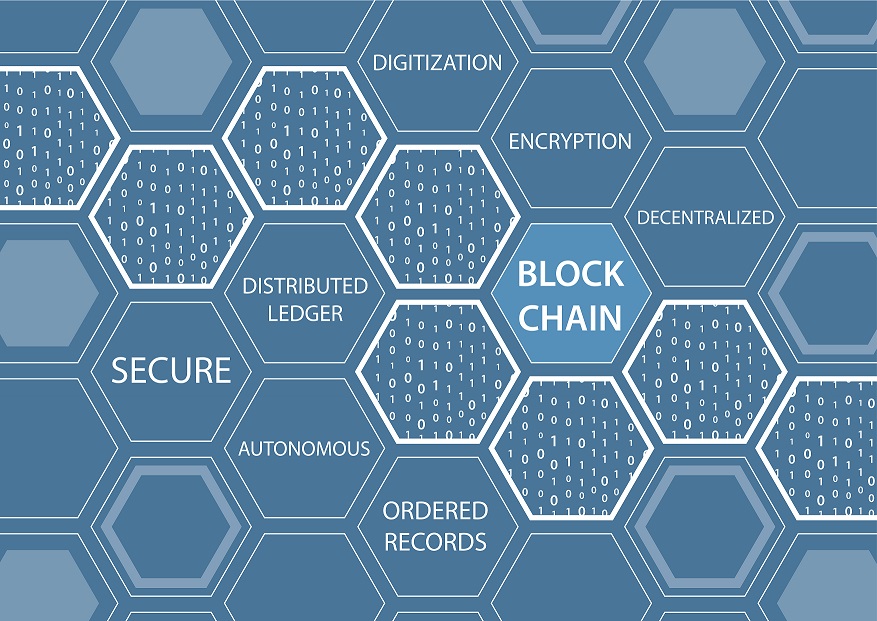
Carsten Reincke-Collon of Younicos continues his look at the potential – and limitations – of using blockchain in the energy system. This second part covers how energy storage and storage management software could be the key to the ‘puzzle’. We left off as Reincke-Collon put forward his view that despite existing flaws and pitfalls, the technology could scale up in a big way.
Enjoy 12 months of exclusive analysis
- Regular insight and analysis of the industry’s biggest developments
- In-depth interviews with the industry’s leading figures
- Annual digital subscription to the PV Tech Power journal
- Discounts on Solar Media’s portfolio of events, in-person and virtual
Blockchain’s stumbling block
There is a much bigger obstacle out there, however, that gets far less attention.
Someone – or something – needs to make sure that the energy being transacted actually moves from A to B – and that it doesn’t tear down the “roads” it travels on, i.e., the grid, in the process.
So, yes, blockchain might make the utility superfluous – but only insofar as the utility acts as a commercial intermediary between consumers and producers. While blockchain brings the physical and the economic dimensions of electricity much closer together, it doesn’t – and will never – “fuse” them in any shape or form, even if some would have us believe that.
To truly link kilowatt-hours to dollars (or euros or renminbi) in the same virtual dimension, another piece of equally ingenious code is required: energy management software in general – and energy storage management software in particular.
Why? Think about it: in a way, the ability to store something has always been a pre-requisite for trading it. If you have to pass the “hot potato” immediately, you’re not in a very good position to make demands about price. In fact, that’s the reason the shortest interval in energy markets today tends to be 15 minutes – because that is exactly the time it takes a (warm) gas turbine to power up to cover added demand. In deregulated energy markets, anything less than 15 minutes is usually organised in balancing markets or through “re-dispatch”, where those resources that – either via power up or down – provide short-term grid stability get compensated by some type of grid operator or regulator. In monopolies, the incumbent utility balances supply and demand directly, but of course that’s not really a market at all.
Gas turbines used to be the fastest units in the energy system. But just as email has replaced fax machines, we now have much faster units for moving energy. The power electronics embedded in solar PV and wind turbines allow for partial – that is, “downward” or limiting, but nonetheless real-time – control of these decentralised clean energy generation assets. Add battery energy storage to that mix and it becomes possible to balance short- and medium-term fluctuations within milliseconds, and do so fully automatically.
This ability to effectively stop and control electrons or, in more common terminology, store them, enables us to trade energy in real time. Unless you can “hold back” power in some way, you’re required to sell it (or lose it) at the moment it’s produced. Conversely, if you don’t need to sell at the exact moment you produce, you have a lot more control over the market. This flexibility allows you to exactly match a given customer’s demand profile, for example, and likely extract a higher price for such precise targeting and delivery.
Of course, having this level of control in turn requires software that manages both the storing and provision of power within milliseconds. But that is only the beginning. The real value of storage and distributed energy resources management systems software (DERMS) is that they enable applications like blockchain-based trading in the first place. DERMS provides blockchain applications with an interface into the physical world, which they need to translate the cyber revolution into the real world. DERMS is the Yin to the Yang of blockchain – or indeed any other automated energy trading protocol.
Both of technologies, or rather types of software, have high value in and of themselves. But only when you take them together can they become truly disruptive – and dramatically increase the efficiency of how energy is being supplied. Put these pieces of the puzzle together and it becomes possible to trade energy peer-to-peer and keep the grid stable at the same time. That combination, indeed, has the potential to set off a “chain” reaction that will transform the utility industry.
Read the first part of this feature article here, originally published in the pages of ‘Storage & Smart Power’, a dedicated section in the global downstream technology journal PV Tech Power, presented each quarter by Energy-Storage.News. Follow the site to see a case study on blockchain technology in real-world conditions by Sonnen.

